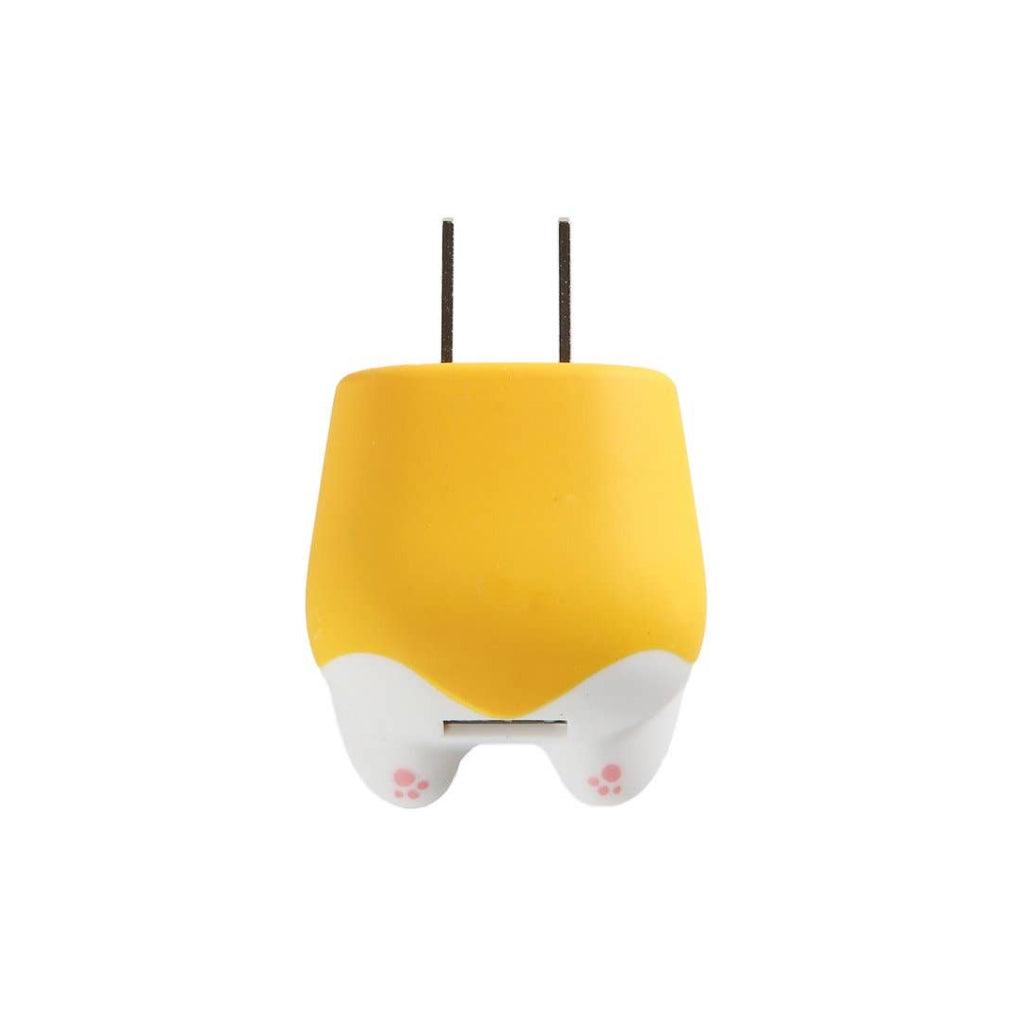Musical Mystique: Exploring the World of Rare Instruments
Uncover the enchanting world of rare instruments with Musical Mystique.
Musical Mystique: Exploring the World of Rare Instruments is a fascinating journey into the unique and lesser-known musical instruments from around the world. This exploration delves into the history, cultural significance, and distinctive sounds of these rare instruments, shedding light on the diverse and rich tapestry of global music traditions. Join us as we uncover the hidden gems of the musical world and discover the enchanting allure of these rare instruments.
Uncovering the Musical Curiosities: Rare Instruments from Around the World
Have you ever heard a sound so unique that it stopped you in your tracks and made you wonder, "What instrument is that?" The world of music is full of surprises, and one of the most intriguing aspects is the vast array of rare instruments that exist. From the haunting tones of the theremin to the rhythmic beats of the hang drum, these lesser-known instruments add a touch of mystery and magic to the musical landscape.
One of the most fascinating rare instruments is the glass armonica, invented by Benjamin Franklin in the 18th century. This instrument consists of a series of glass bowls of varying sizes, mounted on a spindle and played by rubbing the rims with wet fingers. The resulting sound is ethereal and otherworldly, with a haunting quality that has captivated listeners for centuries. The glass armonica fell out of favor in the 19th century due to superstitions about its supposed ability to drive people mad, but it has experienced a resurgence in recent years as musicians rediscover its unique sound.
Another rare instrument that has captured the imagination of musicians and listeners alike is the hydraulophone. This water-based instrument produces sound by allowing water to flow through a series of pipes, creating a mesmerizing and fluid sound that is unlike anything else. The hydraulophone is often played by pressing on the water jets to change the pitch and volume of the notes, resulting in a dynamic and interactive musical experience. Its watery tones evoke images of flowing rivers and cascading waterfalls, making it a truly unique addition to any musical ensemble.
Moving from the ethereal to the earthy, the didgeridoo is a rare instrument with a rich history and a deep, resonant sound. Originating from Indigenous Australian cultures, the didgeridoo is a long, tubular instrument made from eucalyptus wood or bamboo, with a distinctive drone-like sound that is created by vibrating the lips while blowing into the instrument. The didgeridoo is often used in traditional ceremonies and rituals, but its deep, primal sound has also found a place in contemporary music, adding a raw and earthy texture to a wide range of musical genres.
One of the most visually striking rare instruments is the theremin, an electronic instrument that is played without physical contact. Invented in the early 20th century by Russian inventor Léon Theremin, this instrument uses electromagnetic fields to detect the position of the player's hands and produce a haunting, wailing sound that is reminiscent of science fiction soundtracks. The theremin's eerie tones have made it a favorite among avant-garde musicians and experimental composers, who use its otherworldly sound to create atmospheric and immersive musical experiences.
The hang drum is another rare instrument that has gained popularity in recent years for its soothing and meditative sound. This steel percussion instrument is played by striking the various tone fields with the hands, creating a melodic and rhythmic sound that is both calming and uplifting. The hang drum's unique design and resonant tones have made it a favorite among yoga practitioners, meditation enthusiasts, and musicians looking to add a touch of serenity to their compositions.
In conclusion, the world of rare instruments is a treasure trove of musical curiosities waiting to be explored. From the glass armonica's haunting tones to the hydraulophone's watery melodies, these lesser-known instruments add a touch of mystery and magic to the musical landscape. Whether you're drawn to the earthy sounds of the didgeridoo or the ethereal tones of the theremin, there is a rare instrument out there waiting to captivate your ears and inspire your creativity. So why not take a musical journey off the beaten path and discover the enchanting world of rare instruments? Who knows what hidden gems you might uncover along the way.
Exploring the Unique Sounds of Uncommon Instruments
Have you ever heard a sound so unique and captivating that it stopped you in your tracks? That's the magic of rare instruments. These hidden gems in the world of music offer a glimpse into a world of sonic possibilities that go beyond the familiar sounds of guitars, pianos, and drums. From the haunting melodies of the theremin to the earthy tones of the didgeridoo, rare instruments have a mystique all their own.
One of the most intriguing rare instruments is the hang drum. This UFO-shaped percussion instrument produces a mesmerizing sound that is both soothing and hypnotic. Originally created in Switzerland in the early 2000s, the hang drum has gained popularity among musicians and listeners alike for its ethereal tones and meditative qualities. Playing the hang drum requires a delicate touch and a keen sense of rhythm, making it a challenging yet rewarding instrument to master.
Another rare instrument that has captured the imagination of music lovers is the glass armonica. Invented by Benjamin Franklin in the 18th century, this instrument consists of a series of glass bowls of varying sizes that are mounted on a spindle and played by rubbing the rims with wet fingers. The resulting sound is haunting and otherworldly, reminiscent of the eerie music heard in horror films. The glass armonica fell out of favor in the 19th century but has experienced a resurgence in recent years, thanks to musicians who appreciate its unique sound and historical significance.
If you're looking for a truly exotic instrument, look no further than the didgeridoo. This ancient Australian wind instrument is made from a hollowed-out tree branch and produces a deep, resonant sound that is unlike anything else in the musical world. Traditionally used by Aboriginal Australians in ceremonial rituals, the didgeridoo has found its way into contemporary music, adding a primal and earthy element to modern compositions. Playing the didgeridoo requires circular breathing, a technique that allows the player to produce a continuous sound without pausing for breath, making it a challenging instrument to master but one that rewards perseverance with its rich and powerful sound.
For those who prefer electronic music, the theremin offers a unique and futuristic sound that is sure to captivate listeners. Invented in the early 20th century by Russian physicist Leon Theremin, this electronic instrument is played without physical contact, using the player's hand movements to control pitch and volume. The theremin's eerie and ethereal sound has been featured in countless sci-fi movies and TV shows, making it a favorite among fans of retro-futurism and avant-garde music. Playing the theremin requires a delicate touch and a keen sense of control, as even the slightest movement can alter the sound dramatically, creating a sense of mystery and unpredictability that is both thrilling and challenging for musicians.
Exploring the world of rare instruments is a journey into the unknown, a chance to discover new sounds and expand your musical horizons. Whether you're drawn to the haunting melodies of the hang drum, the ethereal tones of the glass armonica, the primal sounds of the didgeridoo, or the futuristic sound of the theremin, rare instruments offer a unique and captivating listening experience that is sure to leave a lasting impression. So why not take a chance and explore the musical mystique of rare instruments? You never know what hidden treasures you might uncover.
Preserving Musical Heritage: The Importance of Rare Finds

Have you ever heard the enchanting sound of a rare musical instrument? There's something truly magical about discovering a unique piece that holds a piece of musical history. These rare instruments are not only fascinating to look at but also have a special charm that sets them apart from more common instruments. In this article, we'll delve into the world of rare instruments and explore why they are so important in preserving our musical heritage.
One of the most intriguing aspects of rare instruments is their history. Each instrument has a story to tell, whether it's a centuries-old violin that has been played by famous musicians or a one-of-a-kind creation by a master craftsman. These instruments offer a glimpse into the past and allow us to connect with the musicians who played them before us. By preserving these rare finds, we are keeping alive the traditions and techniques of the past for future generations to enjoy.
In addition to their historical significance, rare instruments also offer a unique sound that can't be replicated by more common instruments. Whether it's the warm tones of a vintage guitar or the haunting melodies of a rare flute, these instruments have a distinct sound that sets them apart from the rest. Musicians who have had the privilege of playing a rare instrument often speak of the inspiration and creativity that comes from exploring its unique sound. By preserving these instruments, we are ensuring that future generations will have the opportunity to experience the same sense of wonder and awe.
Another reason why rare instruments are so important is their cultural significance. Many rare instruments are deeply rooted in specific cultures and traditions, and play a vital role in preserving these musical heritages. From traditional folk instruments to ancient ceremonial drums, these rare finds offer a window into the rich tapestry of human history and expression. By safeguarding these instruments, we are not only preserving our musical heritage but also honoring the diverse cultures and traditions that have shaped our world.
It's also worth noting that rare instruments are not just for collectors and musicians. They can also be valuable educational tools that help us learn more about the history and evolution of music. By studying rare instruments, researchers and scholars can gain insights into the techniques and craftsmanship of past eras, as well as the cultural and social contexts in which these instruments were created and used. This knowledge can then be passed on to future generations, ensuring that our musical heritage continues to thrive and evolve.
In conclusion, rare instruments play a crucial role in preserving our musical heritage. From their historical significance to their unique sound and cultural importance, these rare finds offer a wealth of benefits to musicians, collectors, scholars, and music lovers alike. By safeguarding these instruments and sharing their stories with the world, we can ensure that the magic and mystique of rare instruments will continue to captivate and inspire us for generations to come.
The Exotic Music Experience: Discovering Hidden Gems in Instrument Collecting
Have you ever heard the enchanting sound of a rare musical instrument? The world of exotic and rare instruments is a treasure trove waiting to be explored. From the haunting tones of the theremin to the intricate melodies of the hang drum, these unique instruments offer a glimpse into the rich tapestry of musical traditions from around the globe.
One of the most fascinating aspects of rare instruments is their ability to transport us to different times and places. The sound of a Tibetan singing bowl can evoke the peaceful serenity of a mountain monastery, while the twang of a sitar can whisk us away to the bustling streets of India. Each instrument has its own story to tell, and by collecting and playing these rare gems, we can become a part of that narrative.
Collecting rare instruments is not just a hobby – it's a passion. It's about seeking out the hidden gems that have been overlooked or forgotten, and giving them a new lease on life. Whether you're a seasoned collector or just starting out, there's something truly magical about discovering a rare instrument and bringing it into your musical repertoire.
One of the joys of collecting rare instruments is the thrill of the hunt. Scouring flea markets, antique shops, and online auctions in search of that elusive piece can be an adventure in itself. And when you finally find that perfect instrument, the sense of satisfaction and excitement is unparalleled.
But collecting rare instruments is not just about acquiring new pieces – it's also about connecting with other like-minded individuals who share your passion. Whether you're attending a music festival, joining a collectors' group, or simply sharing your finds with friends, the sense of community that comes with collecting rare instruments is truly special.
Playing rare instruments can also open up new avenues of creativity and expression. The unique sounds and textures of these instruments can inspire you to explore different genres and styles of music, pushing you out of your comfort zone and into uncharted musical territory. And who knows – you may even discover a hidden talent or passion that you never knew you had.
So whether you're a seasoned collector or just starting out, the world of rare instruments is waiting to be explored. From the exotic sounds of the didgeridoo to the ethereal melodies of the glass armonica, there's a whole universe of musical possibilities out there just waiting to be discovered. So why not take a chance, step out of your musical comfort zone, and embark on a journey into the enchanting world of rare instruments? You never know what hidden gems you might find along the way.
Embracing Musical Rarity: How Rare Instruments Shape the Sound of Music
Have you ever heard a sound so unique, so captivating, that it seemed to transport you to another world? That's the magic of rare instruments. These hidden gems of the musical world have the power to shape the sound of music in ways that are truly extraordinary. From the haunting tones of the glass armonica to the ethereal sounds of the theremin, rare instruments add a touch of mystique to any musical composition.
One of the most fascinating aspects of rare instruments is their ability to evoke emotions and create atmospheres that traditional instruments simply cannot replicate. Take, for example, the waterphone. This eerie instrument produces a haunting, otherworldly sound that is perfect for creating tension and suspense in film scores. Its metallic resonances and ethereal tones can send shivers down your spine and transport you to a realm of mystery and intrigue.
Another rare instrument that has captured the imagination of musicians and listeners alike is the hang drum. This UFO-shaped percussion instrument produces a mesmerizing, meditative sound that is both soothing and uplifting. Its melodic tones and hypnotic rhythms have made it a favorite among musicians looking to add a touch of zen to their compositions.
But rare instruments aren't just about creating unique sounds – they also have a rich history and cultural significance that adds depth and meaning to the music they produce. Take, for example, the didgeridoo. This ancient Australian instrument has been used by indigenous peoples for thousands of years in sacred ceremonies and rituals. Its deep, resonant tones are said to connect the player with the earth and the spirits of the land, making it a powerful tool for spiritual healing and meditation.
In the world of rare instruments, there is no shortage of fascinating and unusual creations to explore. From the eerie beauty of the glass armonica to the primal power of the didgeridoo, each instrument has its own unique story to tell. And as musicians continue to push the boundaries of sound and creativity, we can only imagine what new and exciting rare instruments will be discovered in the future.
So the next time you find yourself in need of a musical adventure, why not take a journey into the world of rare instruments? You never know what hidden treasures you might uncover and what new sounds you might discover. Embrace the mystery, embrace the rarity, and let the music take you on a journey like no other.
Delving into the World of Rare Instruments: Uncovering the Stories Behind Musical Mystique
Have you ever heard a unique sound in a song and wondered what instrument was creating that magical melody? The world of music is filled with a vast array of instruments, some more common than others. But hidden within this musical landscape are rare instruments that add a touch of mystique to any composition. These instruments have fascinating stories behind them, often rooted in history and culture. Let's delve into the world of rare instruments and uncover the stories that make them so special.
One such rare instrument is the glass armonica, invented by Benjamin Franklin in the 18th century. This instrument consists of a series of glass bowls of varying sizes, mounted on a spindle and played by rubbing the rims with wet fingers. The hauntingly beautiful sound produced by the glass armonica captivated audiences across Europe, earning it the nickname "angelic organ." However, its popularity waned due to superstitions surrounding the instrument, with some believing that it could drive players mad. Despite this, the glass armonica remains a rare and enchanting instrument that continues to captivate listeners to this day.
Another rare instrument with a fascinating history is the theremin, invented by Russian physicist Lev Termen in the early 20th century. The theremin is an electronic instrument that is played without physical contact, using the player's hand movements to control pitch and volume. Its eerie, otherworldly sound has been featured in countless film scores and has become synonymous with science fiction and the supernatural. The theremin's unique sound and mysterious origins have made it a sought-after instrument for musicians and collectors alike.
Moving away from electronic instruments, let's explore the world of rare acoustic instruments. The hurdy-gurdy is a medieval instrument that combines elements of a violin and a mechanical crank organ. Played by turning a crank that rotates a wheel against the strings, the hurdy-gurdy produces a rich, drone-like sound that is both haunting and hypnotic. This unique instrument has a long history in European folk music and has experienced a resurgence in popularity in recent years. Its intricate design and complex playing technique make the hurdy-gurdy a rare and captivating instrument that continues to intrigue musicians and audiences alike.
One of the most visually striking rare instruments is the glass harp, also known as the musical glasses. This instrument consists of a series of glass goblets filled with varying amounts of water, each producing a different pitch when struck with a mallet. The ethereal, shimmering sound of the glass harp has been featured in classical music compositions and has captivated audiences with its delicate beauty. The glass harp's fragile appearance and mesmerizing sound make it a rare and enchanting instrument that is sure to leave a lasting impression on listeners.
In conclusion, rare instruments add a touch of mystique to the world of music, with each instrument telling a unique story that spans centuries of history and culture. From the glass armonica to the theremin, the hurdy-gurdy to the glass harp, these rare instruments continue to captivate audiences with their enchanting sounds and fascinating origins. So next time you hear a mysterious melody in a song, take a moment to appreciate the rare instrument behind it and the stories that make it so special.
Conclusion
In conclusion, Musical Mystique: Exploring the World of Rare Instruments offers a fascinating glimpse into the diverse and unique world of rare musical instruments. Through detailed descriptions and stunning photographs, readers are able to appreciate the beauty and complexity of these lesser-known instruments, gaining a deeper understanding and appreciation for the rich tapestry of musical traditions around the world. This book serves as a valuable resource for musicians, collectors, and music enthusiasts alike, shedding light on the hidden gems of the musical world.







